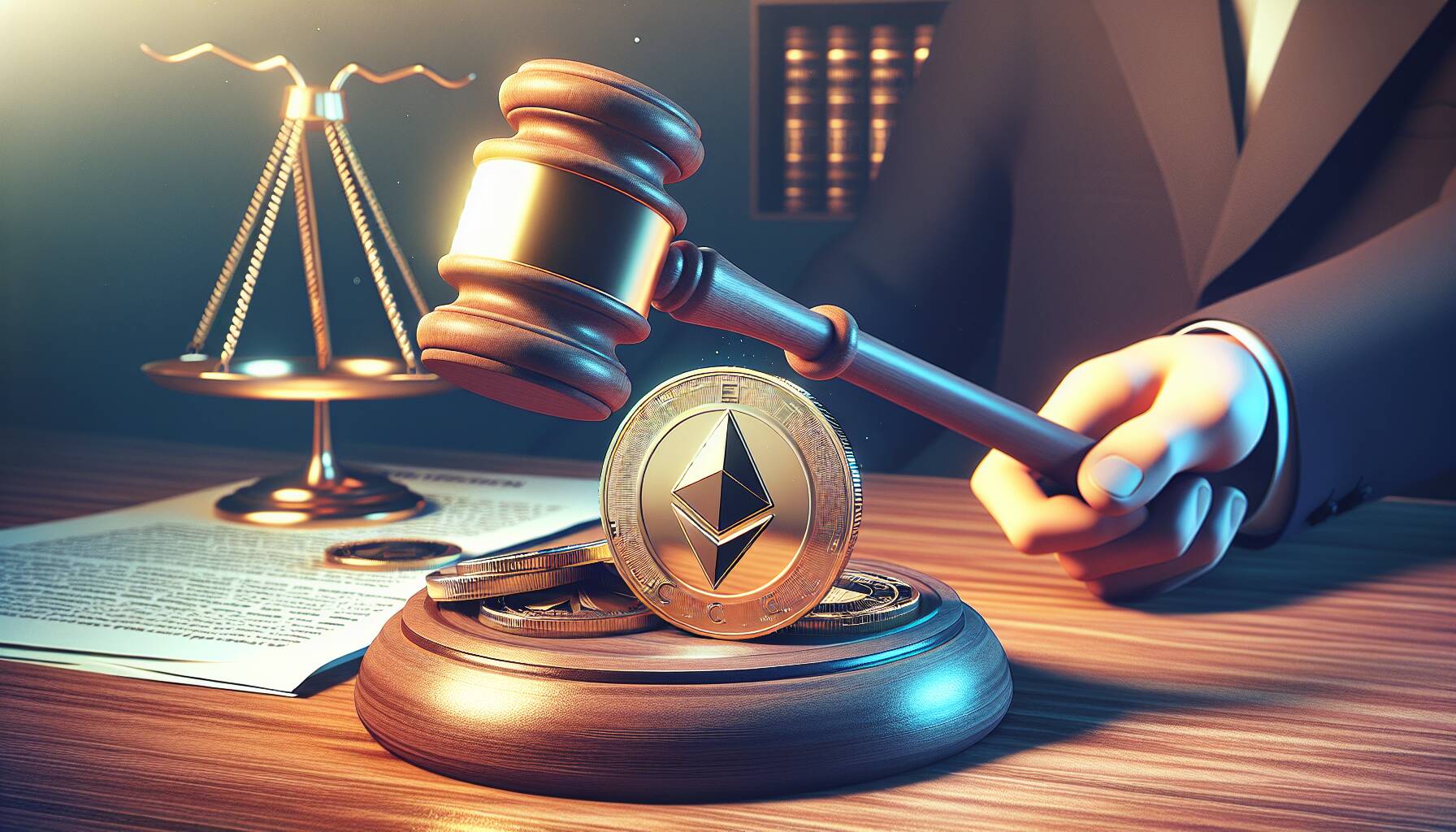In a significant move for the cryptocurrency landscape, the U.S. Congress is gaining momentum toward stablecoin legislation, a topic that has become increasingly relevant as crypto continues to evolve. This past Tuesday, the House Financial Services Committee held a vital hearing featuring key witnesses from both the traditional financial sector and the world of digital assets. Among them were Randy Guynn, a prominent Wall Street lawyer, and Caroline Butler, the global head of digital assets for BNY, both of whom underscored the need for well-structured regulations to ensure the safety and effectiveness of stablecoins.
“If a permitted stablecoin issuer has a properly calibrated reserve of liquid assets… its payment stablecoins should be as safe as insured bank deposits.”
Guynn was specifically referencing the proposed Stablecoin Transparency and Accountability for a Better Ledger Economy Act, or STABLE Act, which aims to provide a regulatory framework that mirrors traditional banking safeguards. Meanwhile, Caroline Butler emphasized the importance of regulatory clarity for financial institutions, allowing them to confidently support stablecoin operations and enhance the overall credibility of the digital asset market.
This hearing marks a notable shift in the congressional approach to cryptocurrency, as many representatives, including Democrats, have begun to see a move from reluctance toward active discussions about how to regulate the burgeoning sector. Representative Sam Liccardo highlighted this transformation, making it clear that the dialogue has shifted to focus on the mechanics of regulation, rather than simply the concept of regulation itself.
“We’ve moved from discussing whether to regulate to how to regulate,” said Liccardo.
Additionally, this was not just a one-sided conversation, as figures within the committee, like Maxine Waters, pushed for a reconsideration of previously discussed stablecoin initiatives. Waters emphasized the need for legislative collaboration across party lines to develop effective frameworks that safeguard the digital economy while fostering innovation.
In parallel, discussions surrounding a potential U.S. central bank digital currency (CBDC) were also prominent during the hearing, with some congressional members advocating for its prohibition amidst concerns that such a currency could infringe on citizens’ privacy. The debate echoes previous concerns raised during the last administration and highlights ongoing tensions between traditional finance and modern technological advancements.
As the legislative landscape around stablecoins and CBDCs continues to evolve, the presence of influential traditional finance representatives at these hearings indicates an increasing acceptance of digital assets in mainstream banking circles. This shift may lead to more comprehensive regulatory structures that will ultimately define the future of stablecoins in the United States.

U.S. Congress Focuses on Stablecoin Regulations
The recent congressional hearing on stablecoins marks an important shift in the relationship between the crypto industry and traditional finance. Here are the key points derived from the article:
- Increased Attention from Congress:
- Crypto insiders are finally gaining attention from lawmakers.
- Congressional momentum is building toward stablecoin legislation.
- Support from Traditional Finance:
- Key witnesses included representatives from BNY and prominent Wall Street lawyers.
- Traditional financial institutions are backing regulated frameworks for digital assets.
- STABLE Act Proposals:
- The STABLE Act aims to impose banking-like protections on stablecoin issuers.
- Testimony suggests that well-structured stablecoins could be as safe as bank deposits.
- Call for Clarity and Trust:
- Executives stress the importance of federal clarity to foster confidence in stablecoins.
- Stablecoins and blockchain technology are viewed as evolving financial mechanisms.
- Political Landscape Shifting:
- Increased bipartisan support for crypto legislation noted in recent Senate votes.
- Representative sentiments have shifted from resisting regulations to discussing how to regulate.
- The Debate on Central Bank Digital Currencies (CBDCs):
- Legislation banning U.S. CBDCs is being considered amidst concerns over government surveillance.
- Opposition from Republicans highlights a broader skepticism toward state-issued digital currencies.
“We’ve moved from discussing whether to regulate to how to regulate.”
This evolution in the regulatory landscape may have significant implications for readers, particularly those involved or interested in the cryptocurrency market. Potentially safe and regulated stablecoins could offer new investment opportunities and financial tools, fostering broader adoption of digital currencies. Furthermore, understanding the regulatory climate may help individuals navigate their involvement in crypto more securely and with greater confidence.
Stablecoins Under the Regulatory Microscope: Insights and Implications
The recent congressional hearing on stablecoins marked a pivotal moment in the evolving narrative of cryptocurrency regulation. With representatives from traditional finance like BNY and legal experts with deep Wall Street ties advocating for clearer frameworks, the momentum is undeniably shifting towards a more regulated crypto environment. This significant engagement from the old guard suggests a potential alliance that could transform the landscape of digital assets.
Competitive Advantages: The participation of established financial institutions and legal professionals in discussions surrounding the STABLE Act lends credibility to the push for stablecoin regulations. It creates a reassuring narrative that, when structured correctly, stablecoins could be as secure as traditional bank deposits. This positions stablecoin issuers favorably among risk-averse investors, enhancing their credibility and possibly attracting a broader audience interested in safer digital asset options. Furthermore, the endorsement from traditional banking leaders could ease apprehensions from both investors and regulators, thereby fostering a more welcoming environment for innovation.
Competitive Disadvantages: However, this collaboration poses challenges for smaller, decentralized players within the crypto market. The focus on stringent regulations could inadvertently stifle innovation and competition by imposing barriers that favor larger institutions with greater resources. Moreover, concerns about potential overregulation could alienate some proponents of decentralization who view these moves as a direct threat to the very nature of cryptocurrencies. This tension raises questions about who truly stands to benefit, as larger financial entities may dominate the stablecoin ecosystem while smaller players struggle to comply.
The developments in Washington could particularly benefit institutional investors and traditional financial firms looking to integrate cryptocurrency services safely. These players may leverage regulations to establish trust with clients yearning for tangible protections over their digital assets. Conversely, if the regulatory framework becomes overly burdensome, it could create significant hurdles for startups and innovators pushing the envelope in the crypto space, potentially limiting their ability to thrive amid evolving market demands.
As the gears of Congress continue to turn, the consensus seems to be shifting from whether to regulate to how to bring order to the chaos of stablecoins and digital assets at large. The outcome of these debates could reshape the future of the crypto sector, balancing the interests of established financial powers with the voices of the decentralized community that sparked this digital revolution.

















